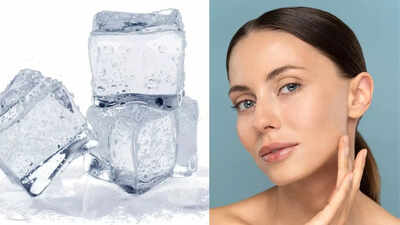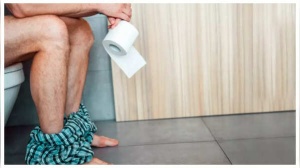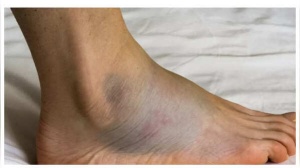Facial icing, or cryotherapy for the face, has surged in popularity on social media, touted for its potential therapeutic and aesthetic advantages. Proponents suggest it can alleviate acne, reduce swollen eyes, and address various other skin concerns. However, while cold therapy is a recognized treatment for injuries and pain management, solid scientific evidence supporting its benefits for facial skin remains limited.

Despite the lack of definitive proof, many individuals believe in the efficacy of facial icing, fueling its rise as a prominent beauty trend. Further research is necessary to substantiate its claimed benefits for the skin.
According to health experts, there are two common methods for performing ice facials:
Regardless of the chosen technique, gently massage your face with slow, circular motions for approximately 1 to 2 minutes. Exercise caution to avoid prolonged direct contact of the ice with your skin, as exposure exceeding 2 minutes may lead to irritation. This circular massage can be incorporated into your daily routine, targeting areas such as:
Prior to incorporating ice facials into your skincare regimen, it is advisable to seek personalized guidance from a healthcare or skincare professional. Here are some essential tips to consider:
Furthermore, it is crucial to change the ice and wrapping frequently to prevent bacterial spread. Remember that icing should complement, not replace, your existing skincare routine.
The increasing popularity of ice facials can be attributed to several factors:
Prolonged or improper application of facial icing may result in:
Individuals with pre-existing health conditions such as diabetes or Raynaud's syndrome should exercise caution or consult with a healthcare professional before attempting facial icing, as it may exacerbate existing sensitivities or nerve-related issues.
Facial icing presents several potential benefits, including:
While these potential advantages are encouraging, further research is warranted to confirm the direct impact of facial icing on puffiness and acne.
Newer articles
Older articles
 5 Overlooked Warning Signs of Colon Cancer: Early Detection Saves Lives
5 Overlooked Warning Signs of Colon Cancer: Early Detection Saves Lives
 Shukla's ISS Arrival Heralds New Era for Indian Space Exploration; Gaganyaan Mission Looms
Shukla's ISS Arrival Heralds New Era for Indian Space Exploration; Gaganyaan Mission Looms
 Vijay Sethupathi Apologizes Amid Controversy Over Son Surya's Film 'Phoenix'; Thalapathy Vijay's Support Revealed
Vijay Sethupathi Apologizes Amid Controversy Over Son Surya's Film 'Phoenix'; Thalapathy Vijay's Support Revealed
 Android Security Alert: Government Warns of Critical Flaws Exposing User Data
Android Security Alert: Government Warns of Critical Flaws Exposing User Data
 Ashada Gupt Navratri 2025: Dates, Significance, and How to Observe This Hidden Festival
Ashada Gupt Navratri 2025: Dates, Significance, and How to Observe This Hidden Festival
 Skin Deep: 7 Warning Signs on Your Skin That Could Signal Heart Trouble
Skin Deep: 7 Warning Signs on Your Skin That Could Signal Heart Trouble
 Smith Eyes Grenada Test Return After Injury Layoff
Smith Eyes Grenada Test Return After Injury Layoff
 Staying Hydrated May Significantly Lower Risk of Heart Failure, New Study Suggests
Staying Hydrated May Significantly Lower Risk of Heart Failure, New Study Suggests
 Moto G54 Price Slashed in India: Check Out the New, Lowered Costs
Moto G54 Price Slashed in India: Check Out the New, Lowered Costs
 Gambhir Sidelines Pant's Twin Tons After India's Test Loss, Emphasizes Team Performance
Gambhir Sidelines Pant's Twin Tons After India's Test Loss, Emphasizes Team Performance